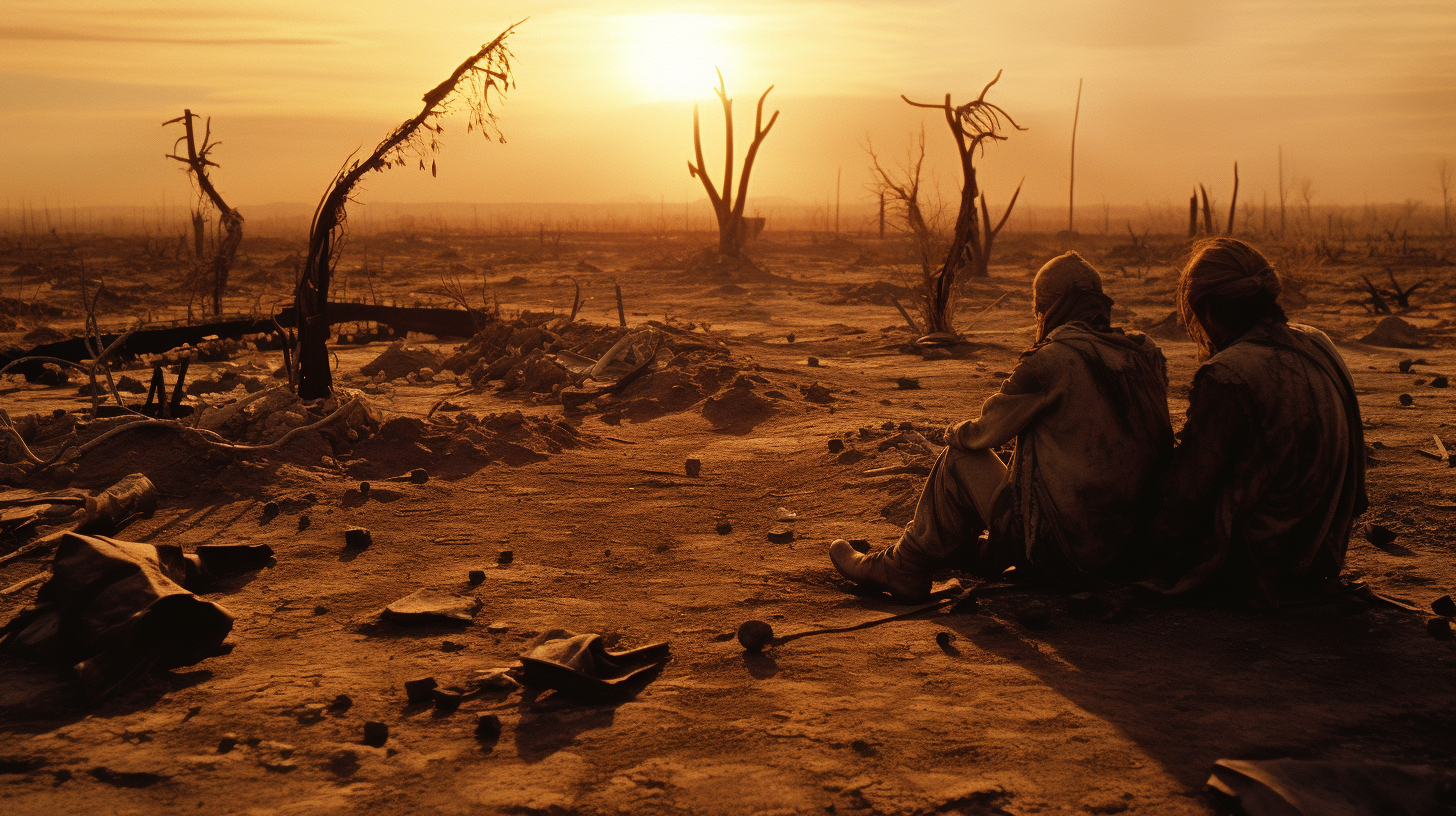Imagine a world blistered by an unrelenting sun, a sphere of fire in a sky too bright to gaze upon, yet too impoverished in power to harness. In this realm of both flame and futility, humanity stands at the nadir of its journey with the sun—grappling with the paradox of solar scarcity amidst scorching lands. The earth, a canvas of cracked soil and desiccated dreams, tells a tale that runs counter to every solar-powered fable ever etched into the optimism of yesteryears.
Photovoltaic despair drips from landscapes too harsh for traditional solar farms, which lie in ruins, victims of dust storms and withering heat. Our reliance on solar technology, once a beacon of sustainably bright tomorrows, has become a cruel mirage in a world that has pushed the boundaries of habitability.
From across this parched horizon, anecdotes emerge of communities shading their plots not for reprieve from the searing sun, but in a desperate bid to protect precious solar panels from its wrath—an irony not lost on those clinging to existence. Here, the very technology meant to emancipate us from fossil fetters has become a luxury beyond reach, a treasure more coveted than gold in a society where the currency of survival is not money but energy.
The few operational solar grids, shimmering islands in a sea of desolation, are fortressed enclaves powering the last bastions of order—yet their existence is perennially threatened not only by the environment but by those cast outside the light. Such disparities seed a unique breed of conflict in our dystopian world, where energy heists and solar skirmishes form the backdrop of daily survival.
The narrative carries us through the labyrinthine alleys of black markets brimming with hoarded solar wares. Here, traffickers peddle pilfered panels, peddling patches of power amidst the energy-starved. Reflective surfaces, once intended for greenhouse enrichment, now serve as contraband, capturing fleeting sunbeams for those dwelling in the dark.
In a bitter twist, the quest for the light has left societies squinting through a murky moral compass, pondering the value of a world where the sun’s bounty is gatekept by a few. Fractured communities oscillate between cooperative resilience and divisive survivalism, each sun cycle bringing forth new alliances or deepening enmities.
And what of the ‘Solar Scavengers’, chronicled in the preceding account of sunless skies? These denizens of darkness, once seen clutching at straws of sunshine, now stand juxtaposed against their counterparts in this paradoxical reality—one where the sun blazes too fiercely for salvation. The scavenger’s ethos mutates in the cruel daylight; their tools are not only for capturing scarce photons but shielding against an overabundance that singes and scars.
Their story is one of adaptation and irony, where daylight brings no comfort but a relentless fight for a scrap of shade—a precious commodity against the tyrannical sun. They shovel sands against storm-battered barricades, layering cloths upon shelters, all to preserve the solar lifelines that are their only hope against the eternal dusk at the world’s fiery edge.
In this twisted sun harvest, the dichotomy of excess and absence paints a sobering portrait of human tenacity amid adversity. As solar scarcity etches itself upon a land too scorched for salvation, the once-celebrated symbiosis with our star now smolders in the embers of our desolate dominion.
The future tales that will unravel from these scorching lands may well depend on whether the sun, in its relentless ascendancy, burns away the last threads of unity, or whether the ingenuity that once harvested light can now harvest hope—even in a world where it seems all light has gone out.
